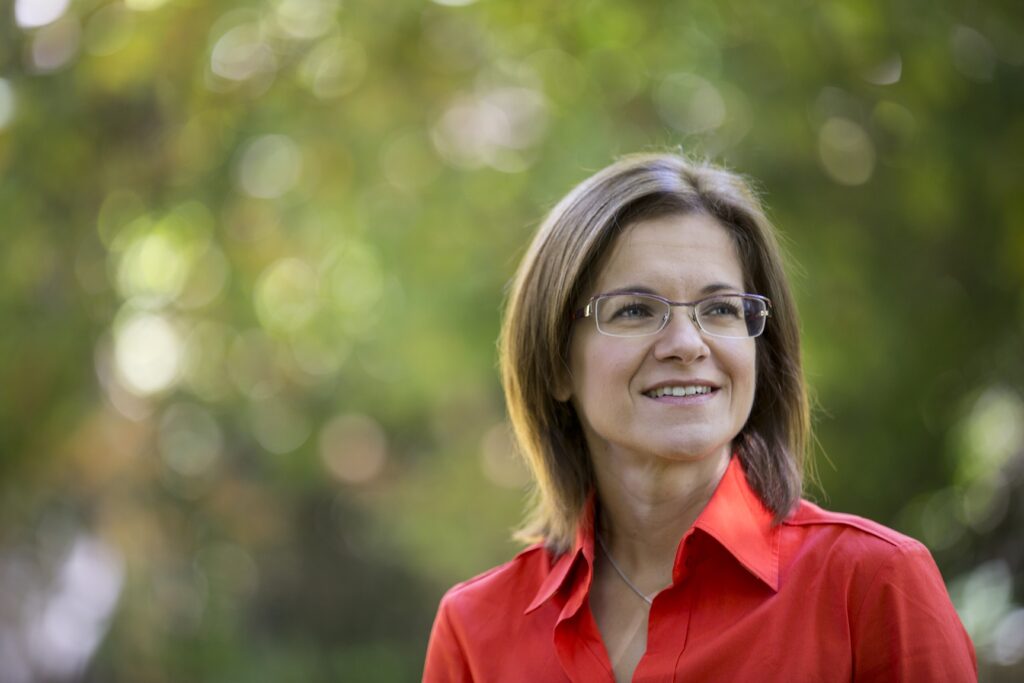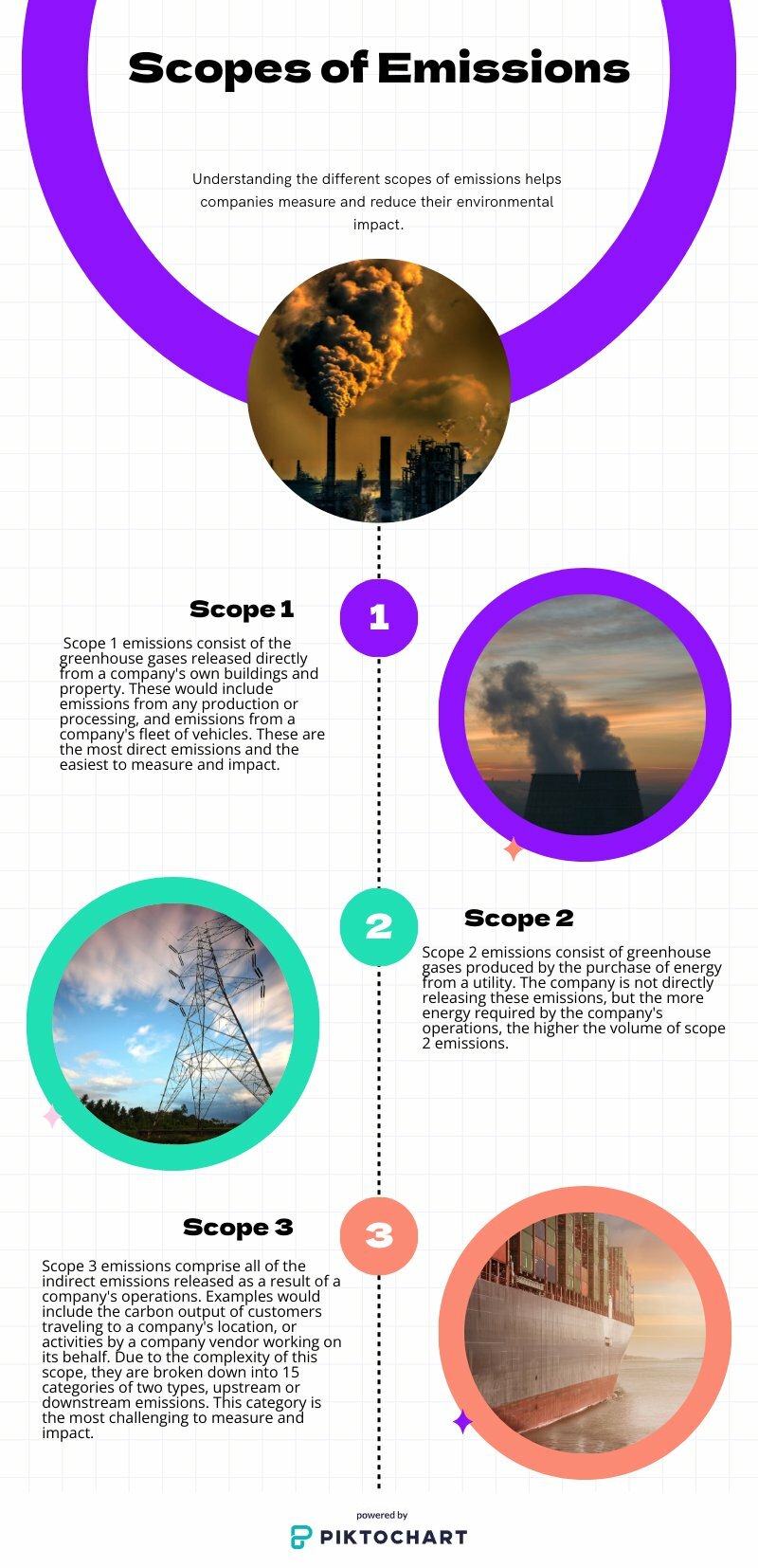Chandrika Jain (MS 2018)
Building a Sustainable Supply Chain at Microsoft
Master of Supply Chain Management alumni play key roles in Microsoft's greener future
Chandrika Jain (MS 2018)
A large corporation’s supply chain is one of the most interconnected aspects of its business. What might seem like a positive change in one area could have an unexpected ripple effect downstream. The same is true of sustainable supply chain initiatives, in which a policy adjustment might reduce carbon emissions in one area of operations but increase energy use in another. This makes the work two UW Foster School of Business graduates are doing to increase the sustainability of Microsoft’s supply chain particularly challenging but rewarding.
Liza Georgie (MS 2017) and Chandrika Jain (MS 2018) are helping Microsoft achieve its ambitious commitment to being carbon-negative by 2030. Georgie and Jain are graduates of the Foster School’s Master of Supply Chain Management program.
Foster alumni at the forefront of supply chain innovation
To make strides in this direction, these Foster alums and their colleagues consider everything from the location of suppliers to the end life of servers and their components. But reduced carbon emissions are just one aspect of Microsoft’s holistic sustainability initiative, in which ambitious environmental goals are a crucial element, but far from the only consideration.
“We have many different types of considerations as we select suppliers in our ecosystem,” says Georgie, a Director of Supply Chain Integrity Assurance within Microsoft’s Technology for Fundamental Rights organization. “We have carbon emissions reduction, water, waste, and energy efficiency — those types of initiatives are definitely top of mind,” Georgie says. “But beyond that, we also have goals around human rights, environmental compliance and ethics; areas like due diligence around child or forced labor in our supply chains or reducing the impact of hazardous chemicals on workers in our supply chains. We are thinking about sustainability in the broadest sense.”

To accomplish this, Microsoft is taking a data-driven approach, arriving at a wide array of formulas covering as many aspects of sustainability as possible, from conducting holistic risk assessments on our 20,000 suppliers globally to charting greenhouse gas emissions, and turning these into actionable conclusions that can be used to inform decision-making.
“Between all the environmental, social, and governance areas we are looking at, there are hundreds of factors to consider,” Georgie says. “We have a supplier code of conduct that defines the standards that our suppliers are expected to meet, and for each of these different areas, we have metrics around it.”
The role of a sustainability product manager
As a senior sustainability product manager on the front lines of the efforts, it is Jain’s role to make sure engineering systems are built to do scope 3 embodied emission modeling at scale to help track and drive actions to reduce emissions. This means teaming with the company’s engineers to determine what is possible, overseeing the implementation, and evaluating the results.

“One example is to embed sustainability metrics in existing Supply Chain systems to make it sustainable,” says Jain. “We optimize and reduce emissions and empower Microsoft customers to reduce their emissions by updating Windows at times of the day when the grid has cleanest energy through carbon-aware windows update.”
Georgie speaks to the systematic approach Jain and her colleagues take, with the company doing a comprehensive analysis to evaluate what projects have the most potential impact. “We start with understanding the baseline data,” she says. “We’ve done assessments of where the highest carbon reductions could potentially be with our suppliers, and that’s where we focus our efforts.”
In working with individual units within Microsoft, including Xbox and cloud computing offerings, Jain is tasked with ensuring that these sustainability efforts are done as complementary components to the unit’s other business goals.
“There are always trade-offs,” Jain says. “But even though cost is a big factor, we are hearing from our largest revenue-generating customers that they want to be more sustainable.” This provides additional justification to make business decisions that might have a higher upfront cost, but have a lower carbon footprint.
A sustainable supply chain may offer savings
Foster professor Yong-Pin Zhou points out that while some sustainability initiatives come at higher costs for business units, those that increase efficiency have the potential to offer savings.

“One major goal of lean manufacturing is the reduction of waste,” he says. “If you implement that well, you are going to reduce the amount of materials that are wasted. You are going to reduce unnecessary work hours, utility costs, and everything that goes along with that. You cut costs and improve your sustainability at the same time. It’s a win-win.”
Learning to build a global sustainable supply chain
The Foster School’s Master of Supply Chain Management program includes a class dedicated to sustainable design of global supply chains, taught by Professor Masha Shunko.
Shunko’s course addresses the complexity Microsoft and other companies face in improving the environmental practices of their supply chain. As supply chains are inherently interconnected, a change made in one area might have unintended consequences elsewhere.

“Sometimes it doesn’t make sense to assess a sustainability initiative at the company level,” she says. “Because what can happen is it just ends up pushing an increase in emissions further up or down the supply network. It can look better in one area, but unless you measure how it impacts the entire supply chain, it may not be beneficial.”
To take this complexity into account, Georgie says Microsoft runs supplier vetting to also highlight environmental compliance, human rights or ethics risks posed by suppliers alongside sustainability gains, allowing teams to assess whether a gain towards our sustainability goals is also aligned with our supply chain integrity commitments.
Calculating scope of emissions

Jain and her team created a model for the scope 3 emissions for cloud computing hardware. “We are working actively to create more visibility of emission across different supply chain functions,” she explains. “Our engineers developed a forecast for emissions based on data from utility grids around the world. And because we have so much hardware in our data centers, we build models based on that data that we could scale and apply to more of our products.”
As a company with thousands of active partnerships, Microsoft must account for the activities of all of them in considering scope 3 emissions. To do so, Georgie says they apply the same data-first, principled approach.
“We communicate our standards to our suppliers in different areas and work closely with them,” she says. “We have an amazing team of professionals across Microsoft that implement these standards on the ground with our suppliers. For each of the areas we monitor, we have measures and metrics, derived from data we get from numerous touchpoints with our suppliers, including audits and self-reporting questionnaires. We run analytics on this data for insights around areas where suppliers may need additional support or geographies where certain risks are heightened and develop programming to provide further support. Supplier performance is also taken into account when making new business decisions.”
Making strides toward a sustainable supply chain
Microsoft recently published its 2024 sustainability report. According to the report, Microsoft is “firmly focused on achieving our 2030 commitments and making the right long-term investments that support the sustainability of our business for decades to come.”
In Shunko’s opinion, Microsoft and other companies making meaningful reductions in their supply chain carbon emissions is imperative. “The time to act is now,” she says. “Given the critical role of supply chains in shaping companies’ footprints, they offer a prime opportunity for significant advancements towards a sustainable future.”
Learn more about the Master of Supply Chain Management here.
